Welcome to Turf Medic’s guide on selecting the best grass seed for Pennsylvania lawns. Understanding the unique climate and growth stages specific is crucial for achieving a lush plant, green lawn. This page will provide insights into the ideal grass/plant varieties suited for the region and the optimal times to plant them. With our expert tips, you’ll be well-equipped to cultivate a thriving landscape that enhances the beauty of your home.
Understanding Pennsylvania’s Climate
Pennsylvania experiences a humid continental climate, characterized by four distinct seasons with a variety of weather conditions throughout the year. Summers tend to be warm and humid, with average temperatures ranging from 70°F to 85°F, making it an ideal growing time for many cool-season grass seed types. Winters, on the other hand, can be quite harsh, with average temperatures often dropping below freezing and significant snowfall being common in the northern and western parts of the state. Spring and autumn bring milder temperatures and ample rainfall, creating favorable conditions for grass seed germination.
This diversity in climate requires a strategic approach to lawn care and grass seed selection, ensuring that the chosen grass varieties can withstand both the hot, humid summers and the cold, snowy winters. Understanding these climatic patterns is essential for maintaining a healthy and resilient lawn throughout the year.
Planting seeds at the right time is crucial for successful growth and establishment. The best time to plant seed in Pennsylvania is during the early fall (mid-August through September) when temperatures are cooler, and there is typically more rainfall. This allows the seeds to germinate and establish strong root systems before winter sets in.
Types of Grasses in Pennsylvania
Selecting the appropriate grass seed species is fundamental to the success of a lawn. The state’s climate is best suited for cool-season grasses, which thrive during the cooler temperatures of spring and fall. Here are some of the most popular grass seed types for lawns:
Kentucky Bluegrass
Known for its rich color and fine texture, Kentucky Bluegrass is a favorite among homeowners for its aesthetic appeal and durability. It forms a dense turf that can handle moderate foot traffic and has good cold tolerance, making it ideal for PA harsh winters.
Perennial Ryegrass
Perennial Ryegrass is appreciated for its rapid germination and establishment, providing quick cover and erosion control. It has a medium texture and a vibrant green color. The season grasses are often used in mixes with Kentucky Bluegrass to enhance the lawn’s overall resilience.
Tall Fescue
Tall Fescue is a coarser, bunch-type grass that is highly tolerant of heat and drought. Its deep root system allows it to remain green during the summer months when other season grasses may go dormant. This makes it a great option for areas that experience occasional dry spells.
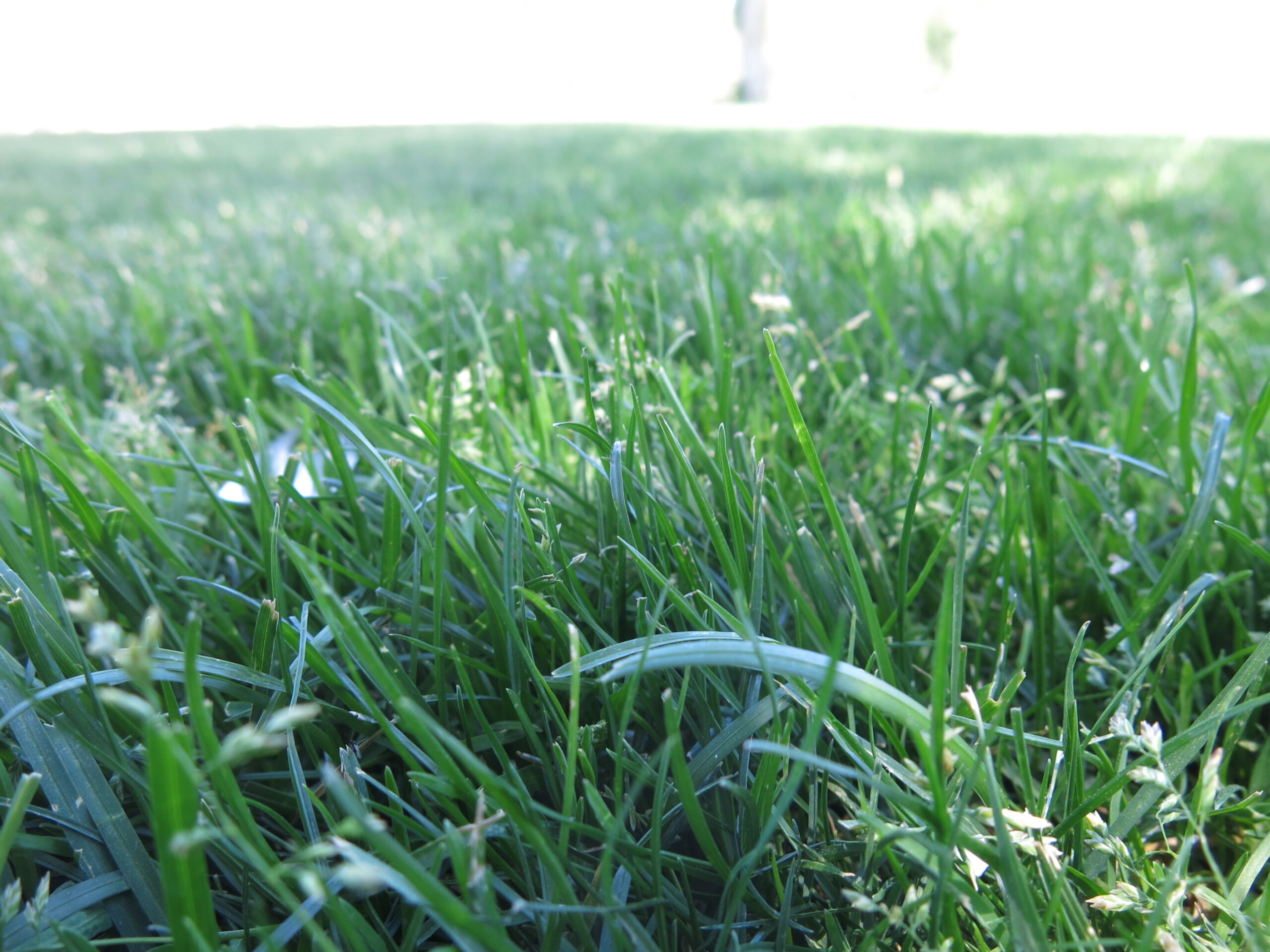
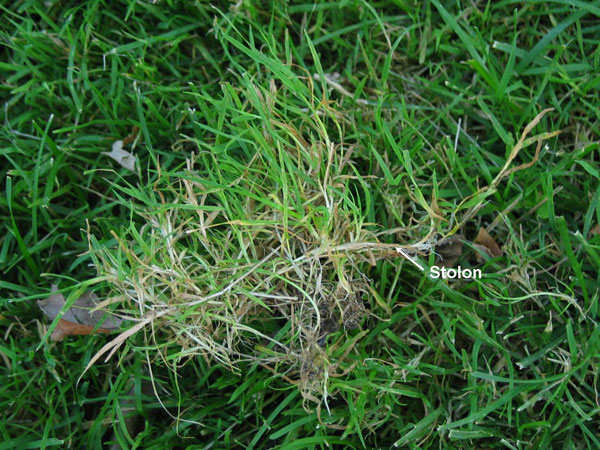
Fine Fescue
Fine Fescue includes several species such as Creeping Red Fescue, Chewings Fescue, and Hard Fescue, all of which are known for their shade tolerance and fine leaf texture. These grasses are ideal for areas with partial to full shade and can thrive in less-than-ideal soil conditions.
Creeping Bentgrass
While traditionally used for golf course greens, Creeping Bentgrass can also be utilized in residential lawns for its dense and carpet-like turf. It requires regular maintenance, including close mowing and frequent watering, to keep it looking its best.
By understanding the characteristics of these season grasses, homeowners can choose the most suitable varieties to create a lush and resilient lawn.
Different Grass Seed Varieties
In addition to the popular grass seed types mentioned above, specific varieties of these season grasses have been bred specifically for PA’s climate. These include:
- Bewitched Kentucky Bluegrass: This variety has a deep root system and a high tolerance for heat and drought, making it well-suited for lawns.
- Rebel Jr Tall Fescue: This variety performs well in varying temperatures and conditions, with improved disease resistance and excellent shade tolerance.
- Black Beauty Tall Fescue Blend: This blend combines three different varieties of tall fescue, resulting in a dark green lawn with exceptional wear tolerance and heat resistance.
Homeowners can ensure optimal growth and health for their lawns by choosing region-specific grass seed varieties like these.
When to Plant Grass Seed?
Timing is crucial when it comes to planting grass seed, as the success of your lawn largely depends on the season and weather conditions. For cool-season grasses, the optimal planting periods are during the spring and fall when temperatures are mild and rainfall is more abundant.
Spring Planting
The ideal time to plant grass seed in spring is from late March to mid-May. During this period, the soil begins to warm up, allowing for quicker germination and establishment of seedlings. However, it’s crucial to be mindful of late frosts, which can damage young grass sprouts. To prevent this, it’s best to wait until the last frost has passed before sowing your seeds. Early spring planting allows the grass seed ample time to establish before the heat of summer sets in, ensuring a robust lawn.
Fall Planting
Fall is often considered the best time to plant grass seed in Pennsylvania, typically from late August to early October. The cooler temperatures and increased precipitation create ideal conditions for seed germination and root development. Planting in the early fall also gives the grass seed a head start before winter, ensuring it is strong and well-established by the time spring arrives. Additionally, fall planting helps minimize competition from weeds, which are less active during this season.
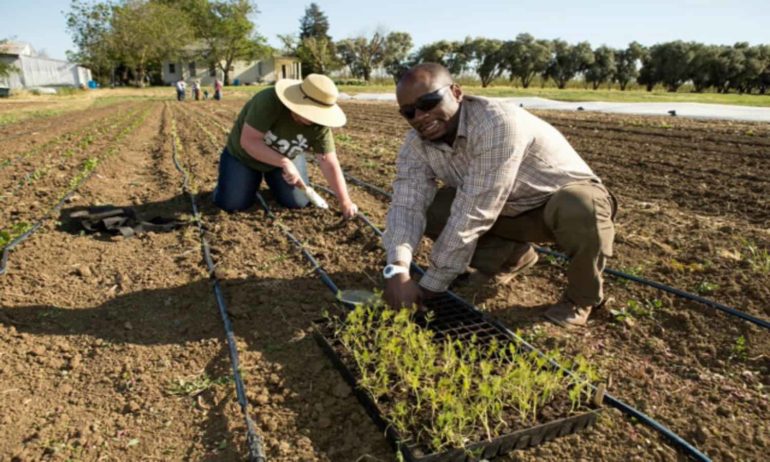
By adhering to these planting windows and selecting the appropriate grass varieties for your region, you can cultivate a thriving lawn that stands up to diverse climate throughout the year.
What Is The Fastest Growing Season Grasses?
Among the various grass seed types suitable for PA climate, Perennial Ryegrass stands out as the fastest growing grass. Known for its rapid germination and establishment, Perennial Ryegrass can sprout within just 5 to 10 days under optimal conditions. This quick produce makes it an excellent choice for homeowners looking to achieve a green, lush lawn in a short period. Perennial Ryegrass is often used in combination with Kentucky Bluegrass in seed mixes to accelerate lawn establishment while enhancing overall resilience.
Apart from its quick establishment, Perennial Ryegrass provides a dense, vibrant green lawn that offers remarkable resistance to wear and tolerance to a range of soil conditions, making it a highly versatile and dependable option for PA lawns.
Lawn care for Perennial Ryegrass grasses includes regular watering and mowing to maintain its desired height. A warm-season grass, it performs best in the spring and fall when temperatures are milder. However, it can struggle to withstand hot, dry summers if not properly cared for.
Preparing Soil
Proper soil preparation in Pennsylvania is essential for establishing and maintaining a healthy lawn. The soil provides the necessary nutrients, oxygen, and water that grass needs to thrive. Here are some steps to ensure your soil is ready for planting:
Soil Testing
Before planting, it’s crucial to test the soil to determine its pH level and nutrient content. You can obtain a soil testing kit from a local garden center or send a sample to a professional laboratory. The results will help you understand what your soil needs to create an optimal growing environment for your grass seed.
Soil pH Adjustment
Most cool-season grasses prefer a soil pH between 6.0 and 7.0. If your soil test indicates that the pH is outside this range, you’ll need to adjust it. Lime can be added to raise the pH level, while sulfur or gypsum can lower it. Follow the recommendations from your soil test for the correct amounts to apply.
Aeration
Aerating the soil involves making small holes in the ground to alleviate soil compaction and improve root growth. This process allows for better air and water penetration, which is essential for healthy grass. Aeration is typically done in the fall or spring, using a core aerator for the best results.
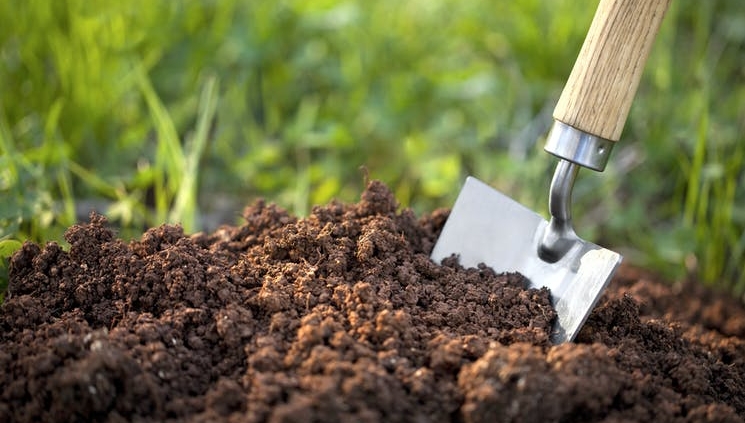
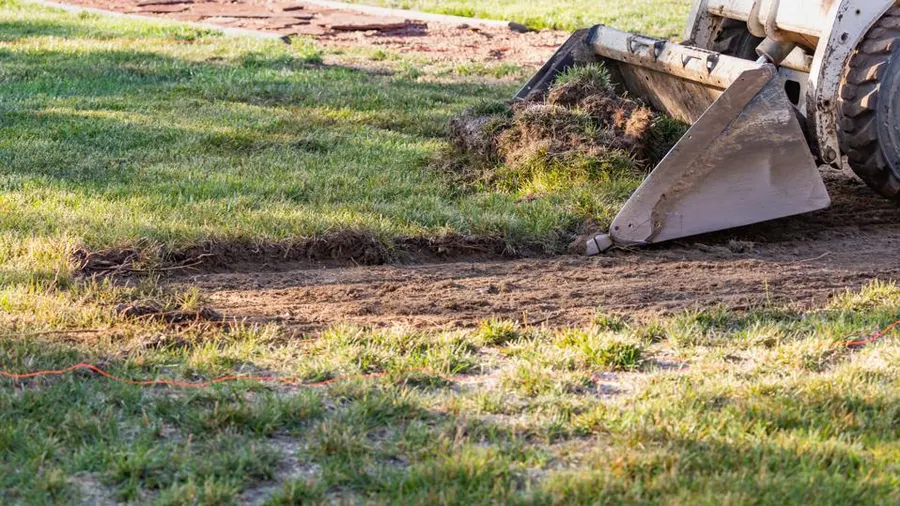
Organic Matter Incorporation
Incorporating organic matter such as compost, aged manure, or peat moss into the soil can significantly improve its structure and fertility. Organic matter enhances soil drainage, increases nutrient availability, and promotes beneficial microbial activity. Spread a layer of organic matter over the Pennsylvania soil and work it in to a depth of 4 to 6 inches.
Clearing Debris
Remove any rocks, large clumps of soil, and debris from the planting area. This ensures an even surface for seed spreading or sod laying and prevents obstacles from hindering season grass seed growth.
Grading and Leveling
Proper grading and leveling of the soil are important for water drainage and to prevent uneven growth. Ensure the soil slopes away from buildings to avoid water pooling around foundations. A gentle slope of about 1 to 2 percent is usually sufficient.
By taking the time to prepare your soil thoroughly, you set the stage for a lush and healthy lawn that can withstand Pennsylvania climate. Following these steps will provide your season grasses with the best possible start, ensuring successful establishment and produce.
Common Mistakes to Avoid When Planting Grass
Planting season grasses may seem straightforward, but several common mistakes can hinder the success of your lawn. By understanding and avoiding these pitfalls, you can ensure a denser, lush, and healthier lawn. Here are some key mistakes to watch out for:
- Incorrect Seed Planting Depth: Planting season grass seeds either too deep or too shallow can affect germination. Follow specific planting instructions for optimal results.
- Neglecting Soil Preparation: Failure to properly prepare the soil, including pH adjustment, aeration, and organic matter incorporation, can reduce growth and hinder successful germination.
- Improper Watering: Overwatering or underwatering can severely impact seedling growth stages. It’s critical to maintain a consistent watering schedule, especially during the initial growing cycles.
- Choosing the Wrong Grass Seed Type: Selecting season grass varieties unsuitable for your region’s climate and soil can prevent successful pasture seed establishment.
- Ignoring Weed Control: Allowing weeds to grow unchecked can compete with newly planted grass for nutrients, water, and sunlight. Effective weed control is essential throughout the growth cycle.
- Inadequate Sunlight: Planting grass in shaded areas with insufficient sunlight can stunt growth. Make sure your lawn receives adequate sunlight based on the grass type’s requirements.
- Overseeding Without Preparation: Simply spreading seed without proper soil preparation and grading can lead to uneven growth. Ensure the soil is ready and well-prepped before overseeding.
By avoiding these common mistakes and adhering to best practices for seed planting and lawn care, you can cultivate a thriving lawn that enhances your landscaping efforts.
Germinate properly, choose the right seed and grass type for your location, provide adequate nutrients and water, and maintain proper weed control. With these tips in mind, you can achieve a lush, green lawn that will be the envy of your neighborhood.
Gardening Tips for Planting in the Spring
Spring is the perfect time to start your garden, as it marks the beginning of the growing season. Whether you are a seasoned gardener or a beginner, there are some important factors to consider when planting in the spring. One of the most crucial aspects is seed selection.
When it comes to successful gardening, choosing the right seeds plays a significant role. It’s essential to select high-quality seeds that have been tested for germination rates and disease resistance. Look for reputable seed companies and check their reviews before making a purchase.
It’s also important to consider what type of plants you want to grow and if they will thrive in your climate and soil conditions. Some plants may require specific care or environments, so make sure to do your research before buying seeds.
Once you have selected your seeds, it’s time to start preparing for planting. Spring is a great time to get the soil ready, as it has thawed and is easier to work with. Make sure to remove any weeds or debris from the area where you’ll be planting.
Proper seed germination is crucial for healthy plant growth. To help with this process, you can soak your seeds in water overnight before planting. This will soften the outer layer of the seed and make it easier for it to sprout.
When planting, make sure to follow the recommended depth and spacing for each type of seed. Planting too deep or too close together can result in poor germination rates and stunted growth.
Tips For Caring For Pennsylvania Grass
Caring for your Pennsylvania lawn requires understanding the unique climate and soil conditions of the region. Whether you are dealing with the hot summers or cold winters, proper lawn care practices will ensure your grass remains healthy and vibrant year-round. Below are some essential tips to help you maintain a beautiful lawn:
- Regular Mowing: Keep your grass at the recommended height by mowing regularly. This promotes healthy root and prevents weeds.
- Watering: Water deeply but infrequently to encourage deep root growth. Typically, lawns require about 1 inch of water per week.
- Fertilization: Apply a balanced fertilizer at the appropriate times of the year to provide essential nutrients for healthy growth.
- Pest Management: Monitor for pests like grubs and insects. Implement integrated pest management strategies to keep them in check.
- Aeration: Aerate your lawn annually, especially if the soil is compacted. This helps improve water, air, and nutrient movement in the soil.
- Overseeding: Overseed thin areas of your lawn to maintain density and prevent weeds. Use grass varieties that are well-suited to PA’s climate.
- Seasonal Care: Adapt your lawn care practices to the season. For example, focus on watering and mowing in the spring and summer, and raking and overseeding in the fall.
Planting seeds, maintaining proper lawn care practices, and choosing the right grasses for your region’s climate are key factors in achieving a healthy and beautiful lawn. By understanding the specific needs of your lawn and avoiding common mistakes, you can cultivate a lush and thriving landscape that will be the envy of your neighborhood.
By following these tips, you can ensure your PA lawn stays lush, green, and healthy throughout the year.
Frequently Asked Questions
Q: When is the best time to plant grass in Pennsylvania?
A: The best time to plant grass in Pennsylvania is typically during the fall, between mid-August and mid-September. This allows for optimal growing conditions before winter sets in.
Q: Is it necessary to aerate my lawn every year?
A: While it’s not necessary to aerate every year, it is recommended as a part of regular lawn maintenance. Aeration helps improve soil quality and promotes healthy root growth.
Q: How often should I fertilize my lawn?
A: It depends on your specific lawn and its needs, but generally fertilizing 2-3 times per year is sufficient. Make sure to follow the recommended application rates and timings for the type of grass you have.
Q: Can I plant any type of grass in Pennsylvania?
A: No, it’s important to choose grass varieties that are well-suited to regions climate and soil conditions. Consult a local expert or do your research before selecting seeds.
Q: How can I prevent weeds from taking over my lawn?
A: Regular maintenance such as mowing, fertilizing, and overseeding can help prevent weeds from growing. Additionally, using pre-emergent herbicides and manually removing weeds can also help control their growth. It’s essential to address weed problems early on before they become too difficult to manage.
Let Turf Medic Help You Grow a Beautiful Outdoor in Pennsylvania
At Turf Medic, we are dedicated to helping you achieve the lawn of your dreams. Our team of experts offers a range of services, including fertilization, grass control, aeration, and overseeding. We understand the unique challenges of maintaining a lawn in PA and have the knowledge and experience to provide customized solutions for your specific needs.
Don’t let common mistakes or lack of knowledge hinder your lawn’s growth and success. Contact Turf Medic today to learn more about our services and how we can help you grow a beautiful lawn. Click here: https://turfmedic.com/

